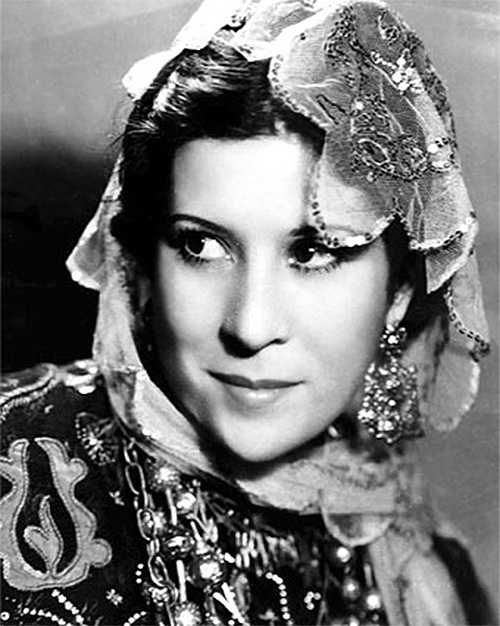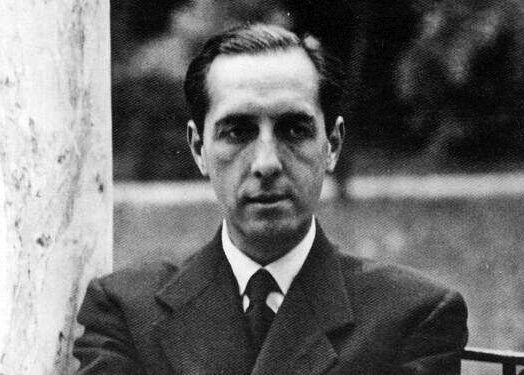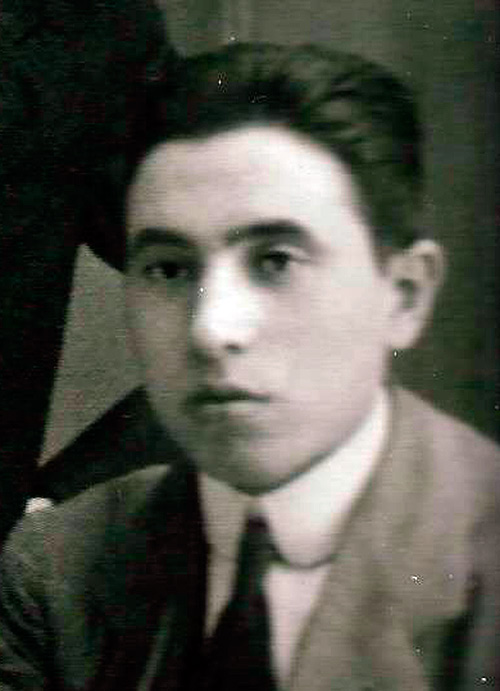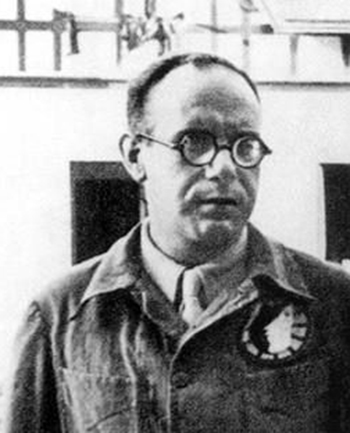Dancer, choreographer, Spanish and flamenco dancer and singer. Friend and collaborator of Federico García Lorca, she recorded with him five gramophone records in 1931, Collection of Popular Spanish Songs, accompanied on the piano by Federico himself.
Her parents, Spanish immigrants, interrupted their stay in Argentina in 1901, when she was only three years old, because of the deadly ravages that an epidemic of scarlet fever had caused in the family. Two of her brothers died of this disease in America. Her first contact with the artistic world was immediate. At the age of four she began dancing and at the age of eight she made her debut at the San Sebastián Circus Theater. To avoid confusion with Antonia Mercé, nicknamed La Argentina, she adopted the stage name of La Argentinita. She was the sister of Pilar López Júlvez, also a dancer and choreographer, 14 years her junior. Her huge success took her as a child through several countries until she settled in Spain in 1920.
In 1931, the five gramophone records of popular songs transcribed and harmonized by Lorca were released. Both had initiated this project during Lorca’s stay in New York. The record allowed them to perform many times together interpreting these popular songs.
The combination of tradition and artistic renovation that she proposed on stage linked her to the Generation of ’27. She toured the stages of Europe and was in contact with the artists and intellectuals of the time. She had a sentimental relationship with bullfighter Ignacio Sánchez Mejías. She met Federico García Lorca in 1920, from the premiere of his first play, The Buttefly’s Evil Spell, where she represented the Butterfly in a work that included a lot of ballet steps. From then on, they maintained a close working relationship and friendship.
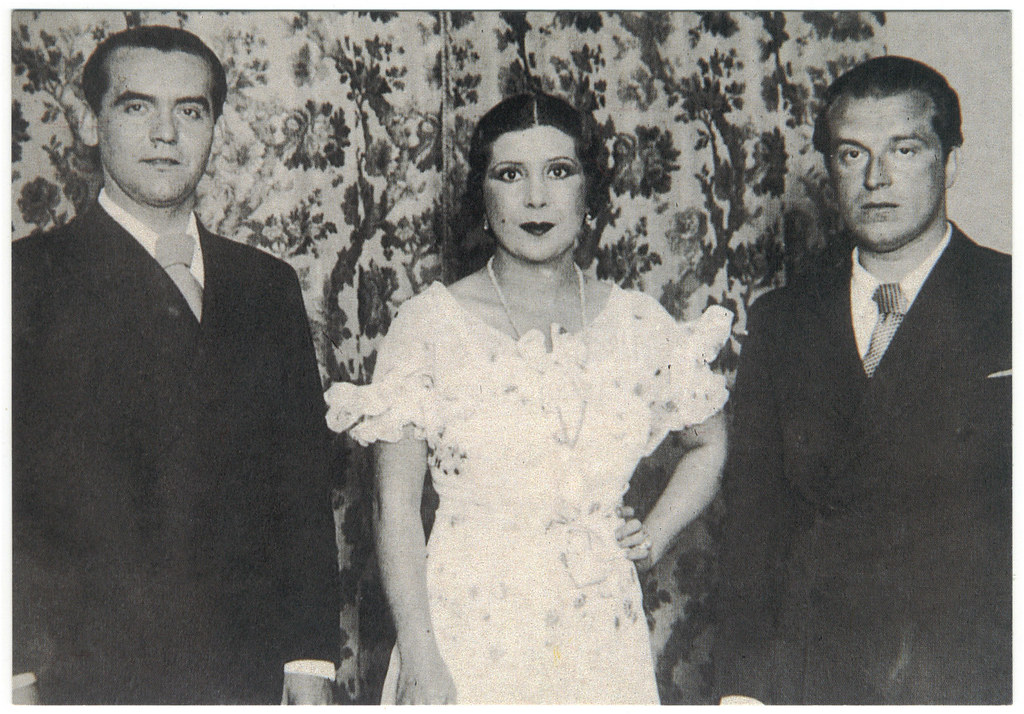
With her sister Pilar and with the collaboration of García Lorca she formed the Spanish Dance Company of La Argentinita and prepared, among other choreographies, those of Chinitas’ Café or Bewitched Love. In 1931, the five gramophone records of popular songs transcribed and harmonized by Lorca and accompanied on piano by him, recorded for His Master’s Voice, were put on sale. Both had initiated this project during Lorca’s stay in New York. The album allowed them to perform many times together interpreting these popular songs.
After the death of Sánchez Mejías, she moved to work in Buenos Aires, from where she went on an American tour. In 1935, Lorca dedicated to her the Lament for a Bullfighter. She returned to Spain a year later, but left shortly before the outbreak of the Civil War and traveled to numerous countries (Morocco, England, Belgium…). Finally, she settled in the United States. She continued to perform her choreographies on American stages and became one of the most important figures of international dance.
She died in 1945. She was honored with a plaque at the Metropolitan Opera House, in addition to receiving the medals of Alfonso X the Wise and the Order of Isabella the Catholic.
